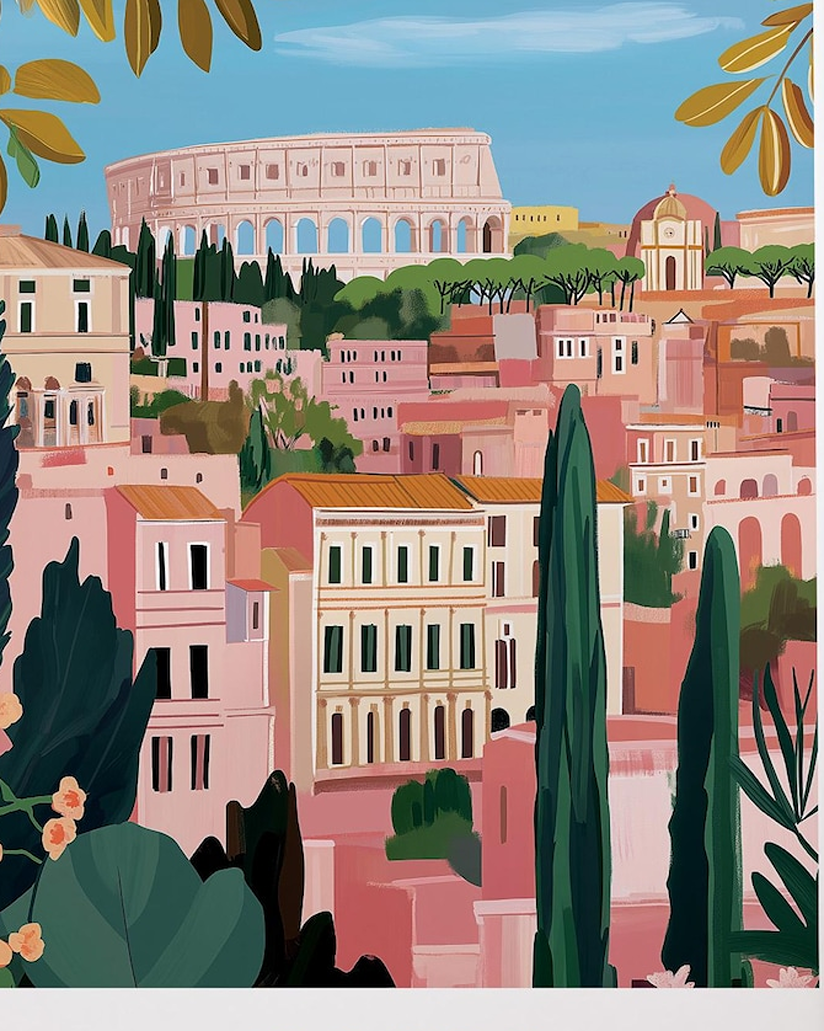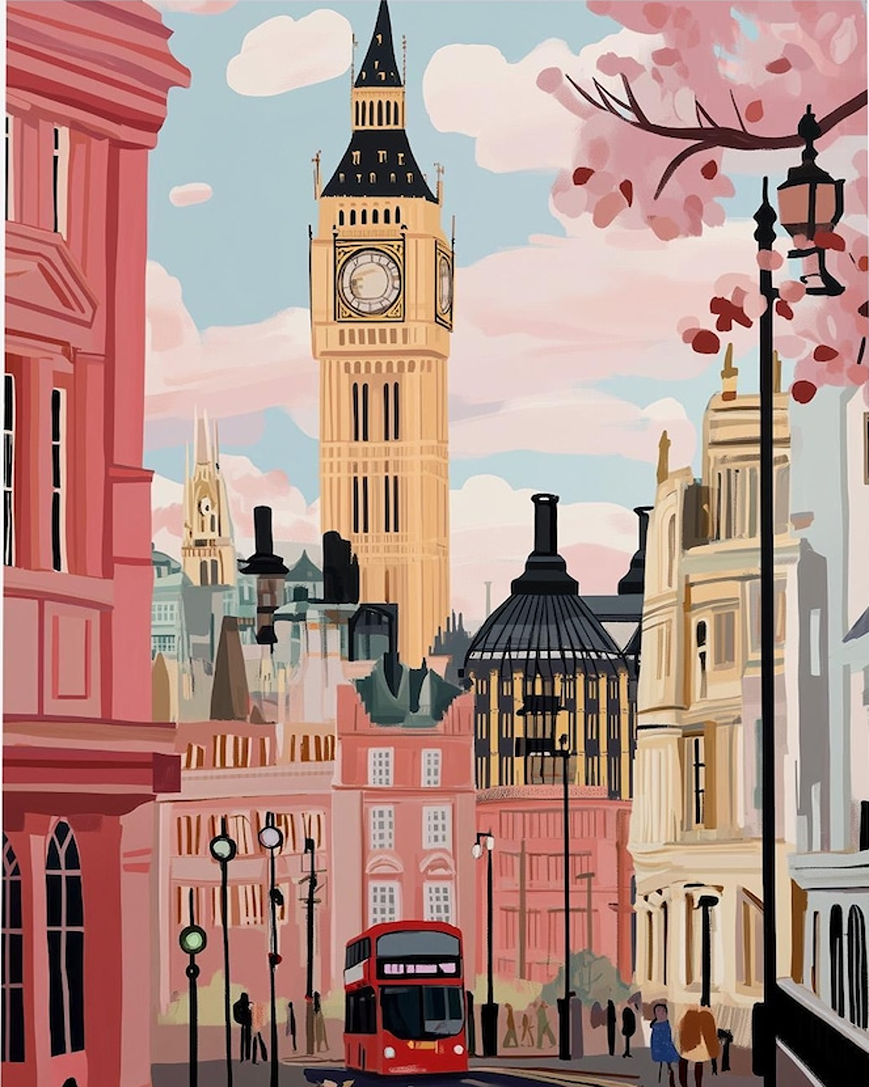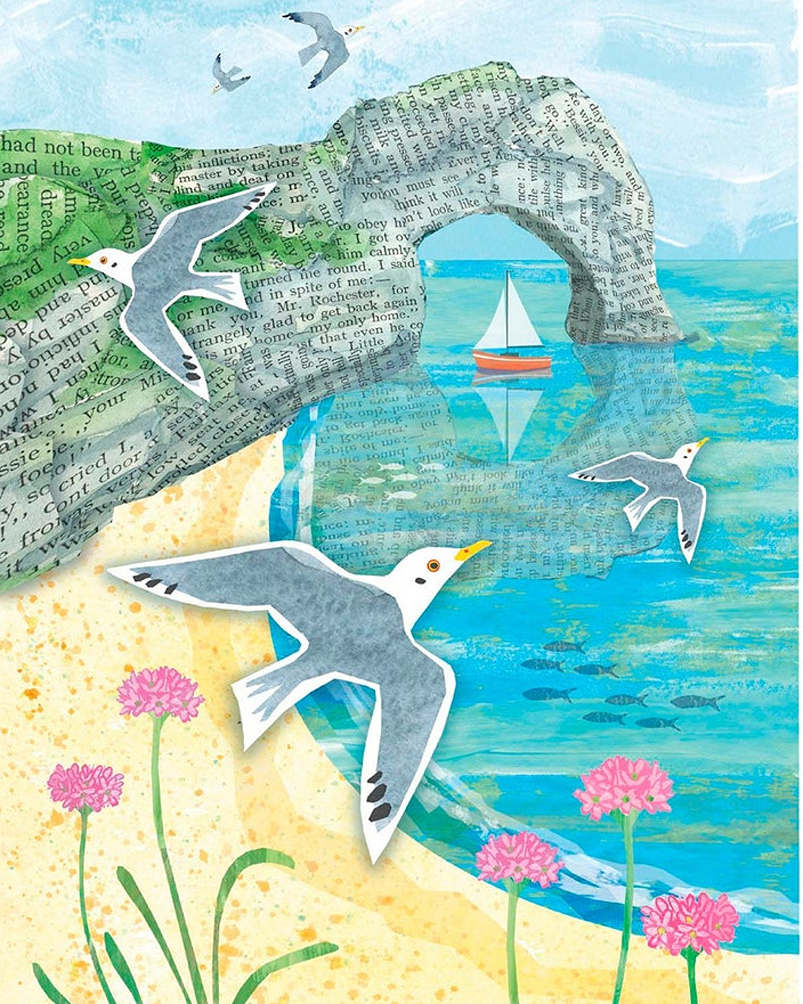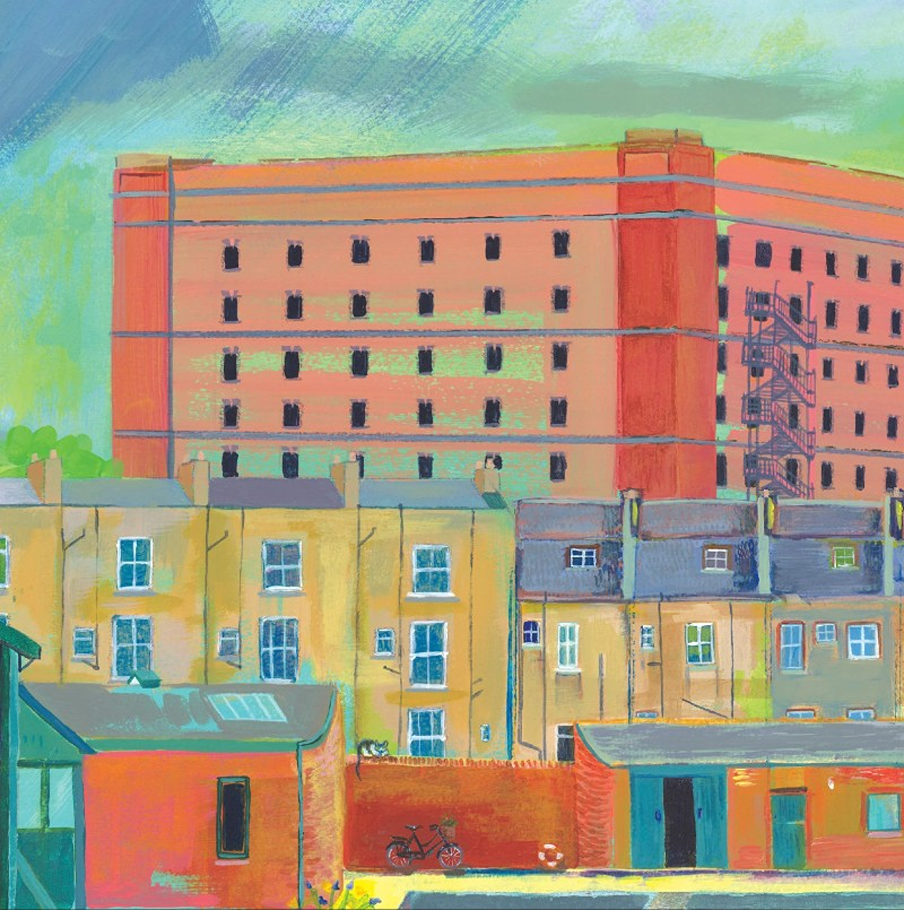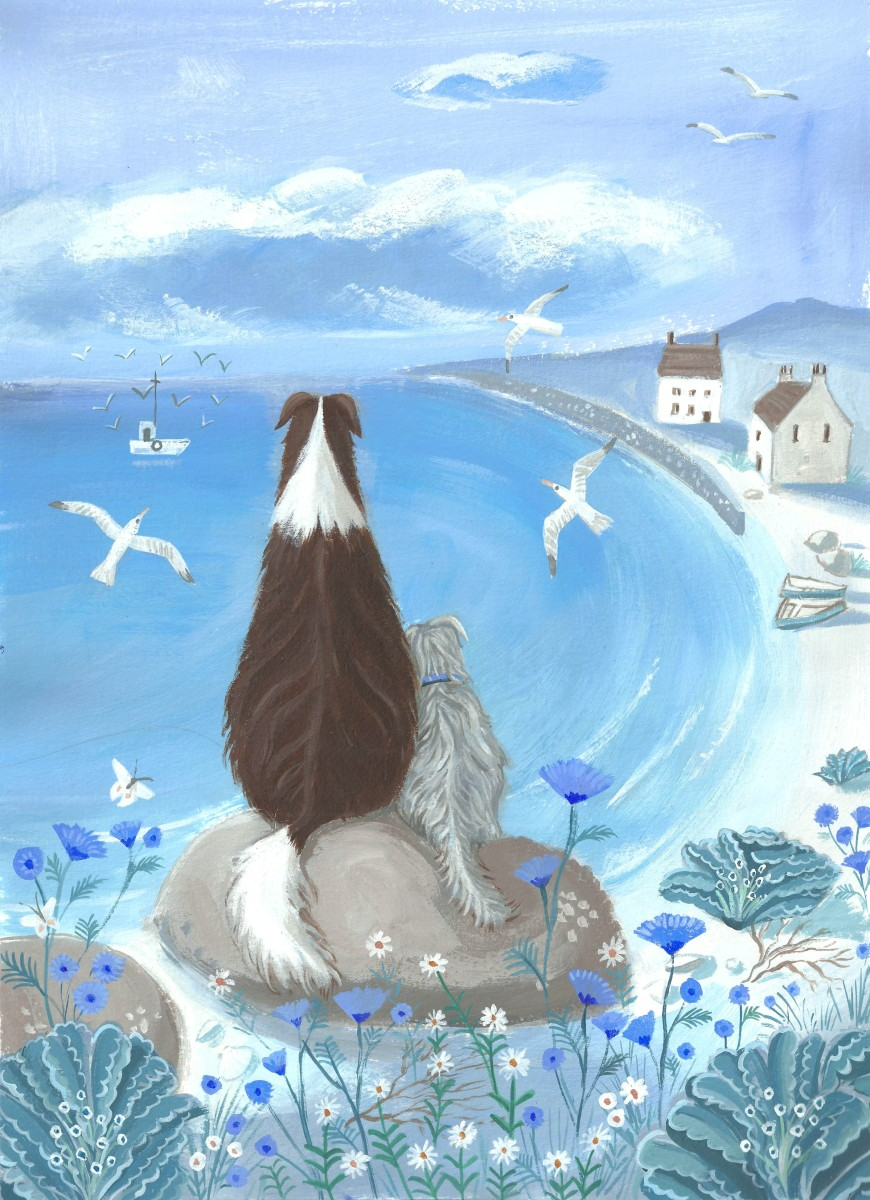Lincolnshire: The Wolds, Wild Seals and Lincoln City
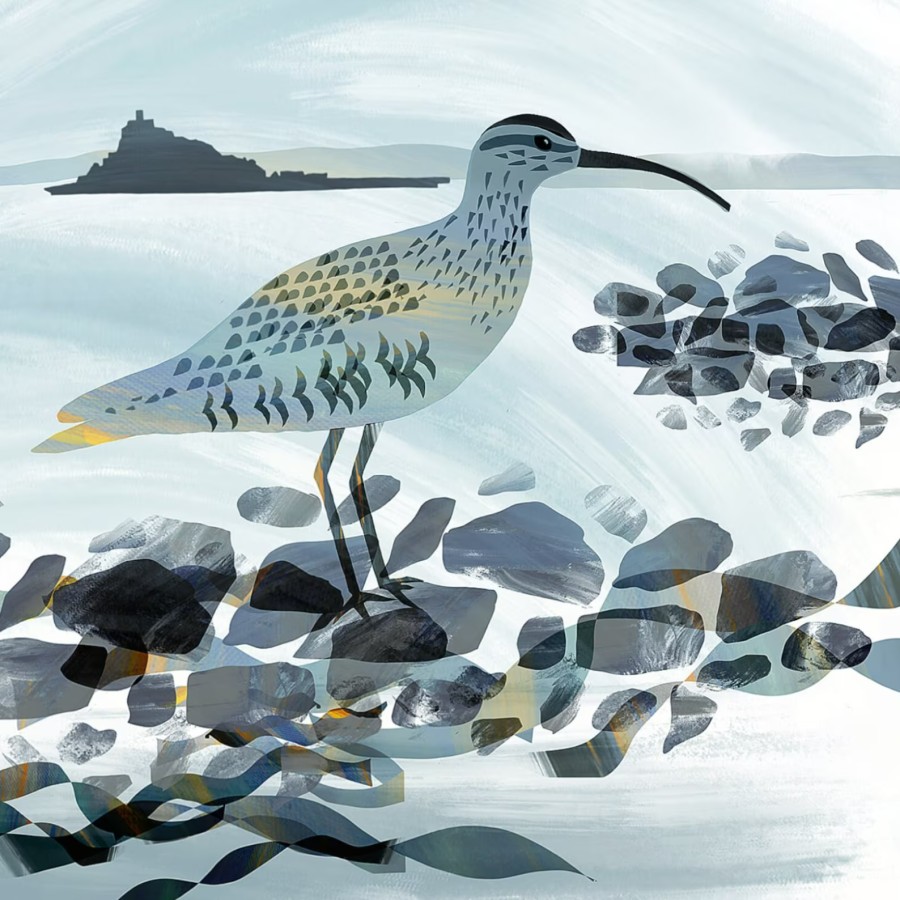
Lincolnshire is a beautiful quiet county in the East Midlands, just above Norfolk and just below Northumberland. Inland there is the city of Lincoln, then also find haunting marshy beaches and wild seals.
Always follow the Countryside Code, to keep all creatures safe.
If at the coast, read our post on keeping dogs safe by the seaside.
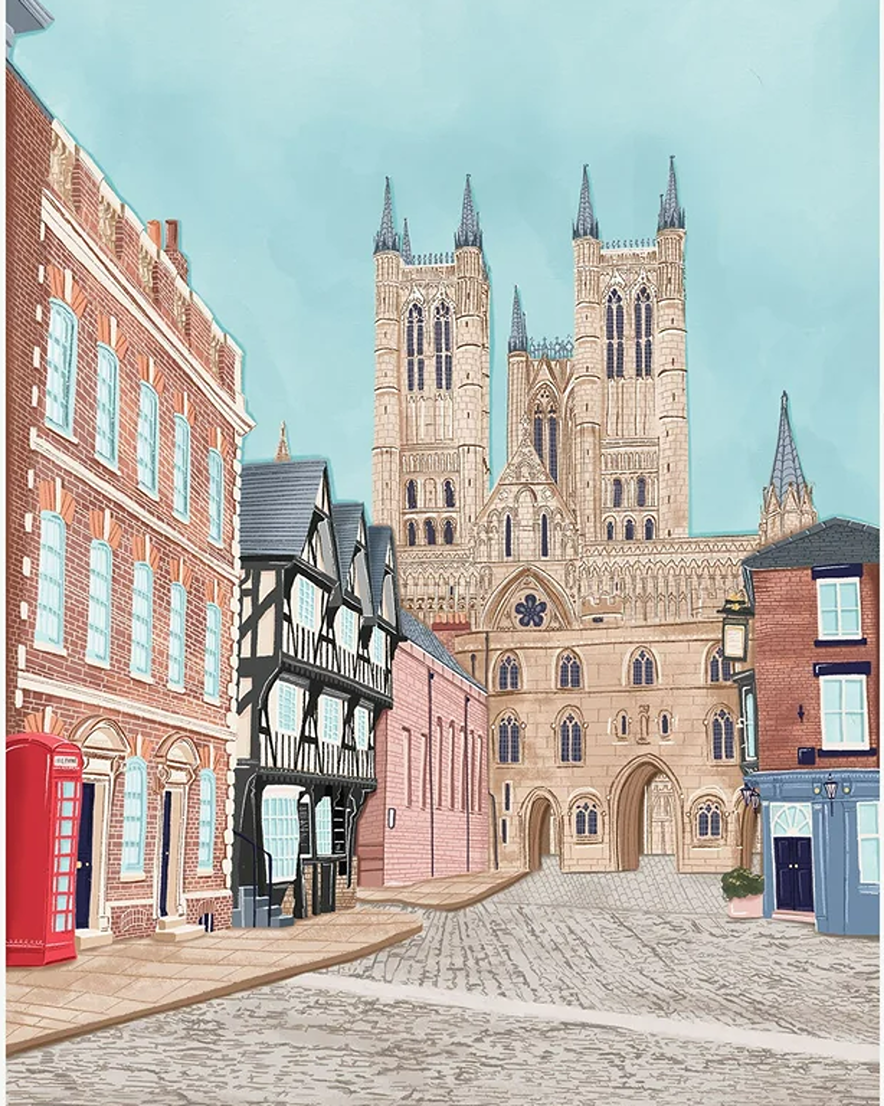
Lincoln is a city where history meets everyday life in a way that feels natural and inviting. Its stunning cathedral towers over steep streets that wind between old buildings and modern shops, giving the place a unique charm. Walking through Lincoln means moving between uphill and downhill paths, each with its own stories and views.
Beyond the famous sights, the city hides plenty of little-known tales and quirky local characters waiting to be discovered. This post will share some of those stories, bringing Lincoln’s rich past and lively present closer to you. Whether you’ve been here before or are just curious, there’s always something new to enjoy in Lincoln.
If walking in nature, always follow the Countryside Code, to keep dogs and barnyard friends safe. If visiting the nearby coast, read our post on keeping dogs safe by the seaside.

A lesser-known piece of the cathedral’s charm is the mute swans that have made their home nearby. These elegant birds add a gentle, natural touch to the historic surroundings. Watching them glide along the adjacent river or nesting quietly nearby fills the area with calm and reminds visitors of the cathedral’s connection to all aspects of the city’s life.
Typhoid in 1905: A City Shaken by Dirty Water
In 1905, Lincoln faced a serious health crisis when a typhoid outbreak swept through the city. The cause was traced to polluted water, which had become contaminated by sewage. Back then, water treatment wasn’t what it is today, and the city’s rapid growth put strain on the supply system.
People were suddenly aware that water, something they used every day without thought, could be dangerous. The outbreak changed how the city viewed public health and water safety. Hundreds fell ill, and the event left a mark on the community’s memory without becoming a grim story.
After the outbreak, Lincoln took major steps to improve its water system. The city introduced better filtration and sewage treatment. These changes made drinking water safer and helped prevent such outbreaks from happening again. The crisis also pushed public health to the front of local planning, showing how important clean water really is.
Uphill and Downhill Lincoln!
Lincoln’s shape is one of its most striking features. The city is famously split between two areas that feel like different worlds, linked by one steep, winding street known simply as Steep Hill. This hill is more than a physical challenge—it represents two distinct ways to experience the city.
Walking between uphill and downhill Lincoln offers a mix of history, local life, and sweeping views that few places can match.
The Steep Hill: A Walk with a View
Steep Hill is just what it says on the tin. It’s a narrow, cobbled street that rises sharply from the lower city to earth’s edge of Lincoln Cathedral. Most visitors quickly find themselves catching their breath halfway up, but it’s this climb that makes the walk so memorable.
Lincoln is proud to have been the childhood home of John Hurt, one of Britain’s most celebrated actors. Born in 1940, Hurt grew up in this city, where the mix of history and everyday life shaped his early years. Son of a mathematician who later became a parish priest, the city’s quiet streets and landmarks were part of his upbringing.
Home to Many of England’s Wild Seals
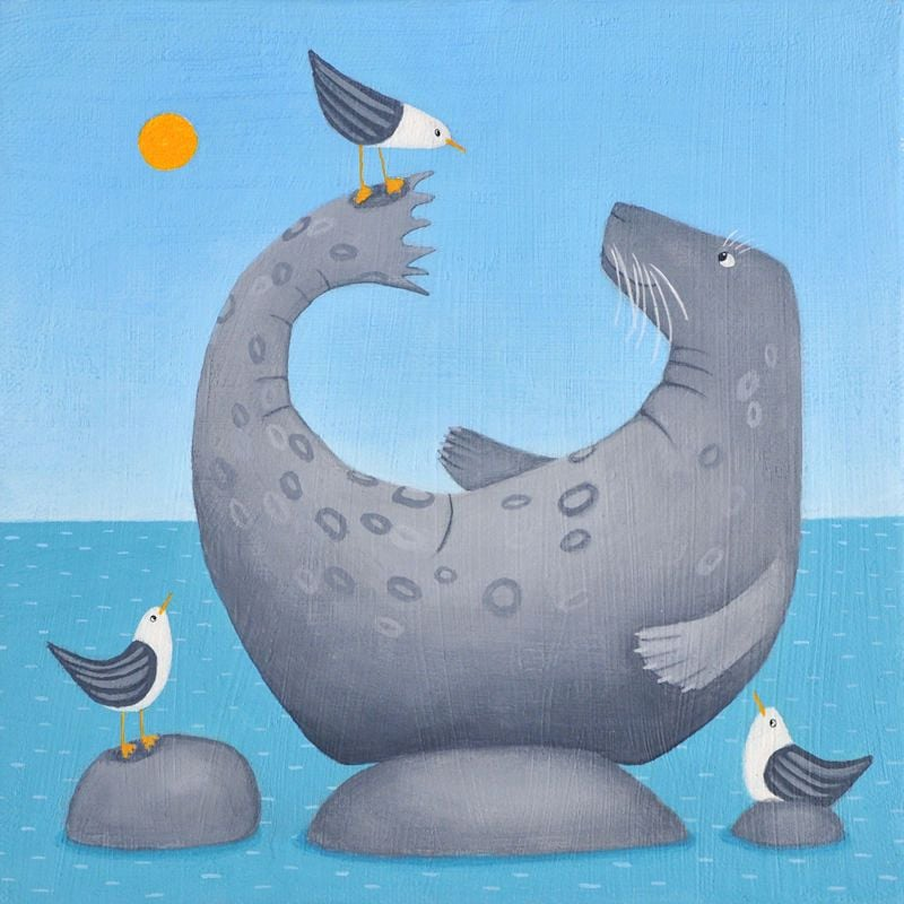
Lincolnshire is a good place to view wild seals . Between October and February, grey seals come ashore to give birth to pups.
Never disturb these beautiful creatures, you could spook pups into the sea, before they can swim. Never walk on sand dunes, to protect nesting birds, seal pups and endangered natterjack toads. Keep dogs away, especially at breeding season.
Wander the Lincolnshire Wolds
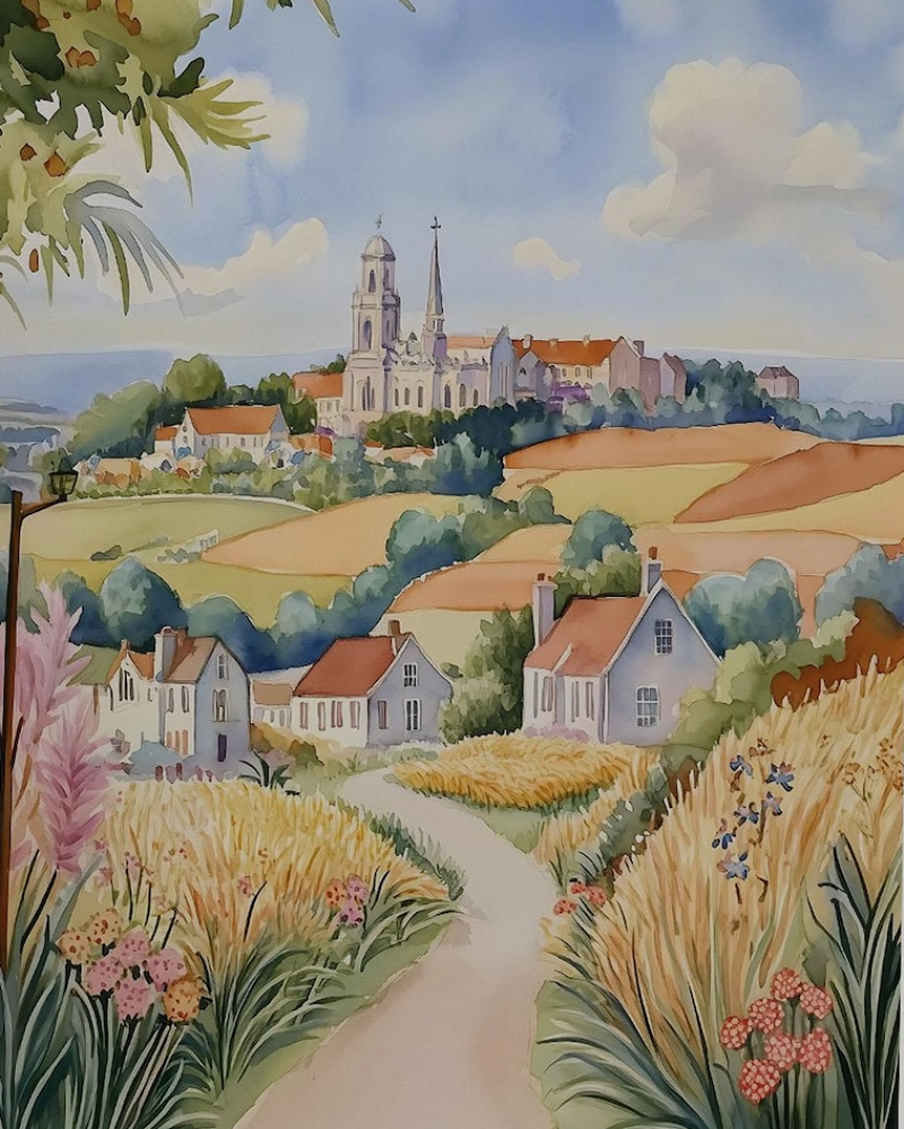
These are a National Landscape (a more protected new name for Areas of Outstanding Natural Beauty). There are plenty of walking routes, and you’ll see wildlife flourishing alongside ancient woodlands and hedgerows – with buzzards and red kite birds soaring overhead.
The 216 miles of low hills running along the North Sea Coast, is a relaxing place to live or visit. The Viking Way runs for 147 miles, with some of its best parts winding through this area. You’ll pass old hedgerows, and winding streams.
Villages like Tealby and Binbrook invite lazy afternoons with fresh air and stunning views.
Gibraltar Point National Nature Reserve

Near Skegness, this is a long strip of saltmarsh, sand dunes and lagoons, a haven for native birds, where Lincolnshire meets the sea. You can also spot avocets (with upturned beaks, these wading birds are the RSPB symbol), owls and grey seals.
Stroll Along Lincolnshire’s Beaches
This county has many wide sandy beaches and dramatic skies. Perfect for quiet and gentle strolls, the main resort is Skegness (a bit run-down these days, could do with a makeover, to make the most of its natural beauty).
The town is the nearest seaside resort for many people in Derbyshire and Leicestershire (counties furthest from the sea).
Lincoln: One of England’s Most Historic Cities
Lincolnshire doesn’t really have standard motorways, so a lot of the food in this ancient city is locally-sourced, so why not enjoy a relaxing picnic on a green, admiring the beautiful cathedral? Or take a short bus ride to Hartsholme Country Park, for nature trails, lakes and woodland.
Lincoln Cathedral once claimed the title of the world’s tallest building. For over 200 years, its spire dominated the skyline, surpassing even the Great Pyramid of Giza. The cathedral’s architecture stuns from every angle, with carved stonework and stained glass that dates back to 1072.
Steep Hill lives up to its name. It connects Lincoln’s modern centre with the ancient Cathedral Quarter. This street is lined with half-timbered houses, quirky tea rooms, and independent shops.
The town of Boston was a central point of migration to the USA. Hence why there is a city of the same name, in Massachusetts, USA. Louth is ‘Lincolnshire’s favourite market town) where Georgian houses frame narrow streets, and the tall spire of St James’ Church stands out for miles.
Heckington: England’s Only Eight-Sailed Windmill
Hidden in quiet Fenland, Heckington is the only one of its kind, still working in England. Restored by local enthusiasts, the mill grinds flour and acts as a living museum.
A Couple Rewilds a Lincolnshire Farm

A Wilding Year tells the deeply personal journey of artist Hannah Dale and her husband, as they return their Lincolnshire farm to nature, celebrating the return of an astonishing variety of wildlife.
The farm was a sad inheritance, after a brain tumour took her ‘kind and inspirational’ father-in-law too soon. The land was not fertile for growing any food, so they decided instead to restore the original drained (from centuries ago) land to help wildlife.
Jack’s dad was a regenerative farmer. And after he read about the rewilding of a Sussex farm, they decided their land was suit the same, and a be fitting tribute to his father (who had even invented a seed drill that did not disturb his beloved earthworms).
So together they began to plant trees, create wildlife ponds and scatter wildflower seeds, to bring back the wildlife, and create natural homes for them. Now just a few years later, they have blossoming hedgerows that burst with berries in autumn.
Grasses ‘fizz with insects’, and over 1000 meadow brown butterflies fly over creeping thistles. Birds sing and owls hunt, goldfinches to chatter to each other, and badgers snuffle for worms.
The rewilding project saw these marshy wetlands herald the return of skylarks, meadow pipits, hobbies and polecats to their farm. Which also provided new inspiration for her wildlife paintings.

